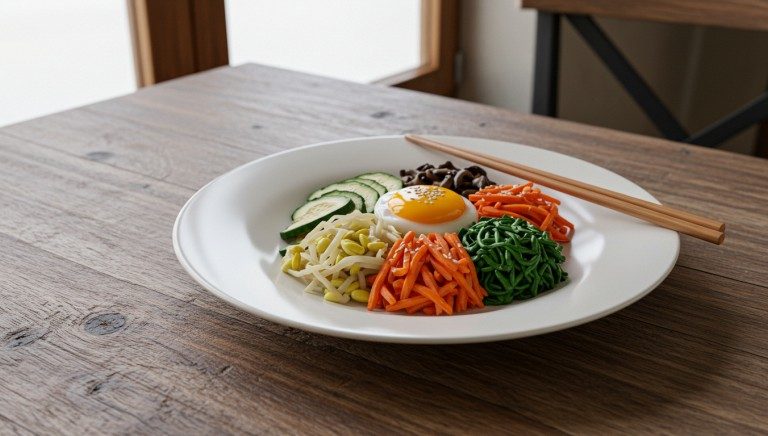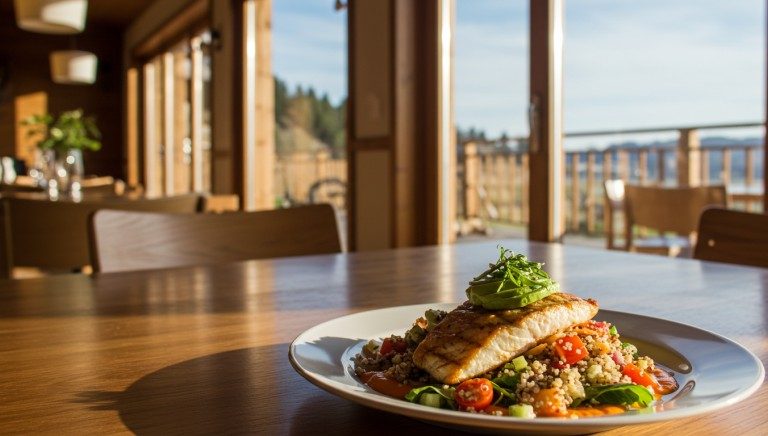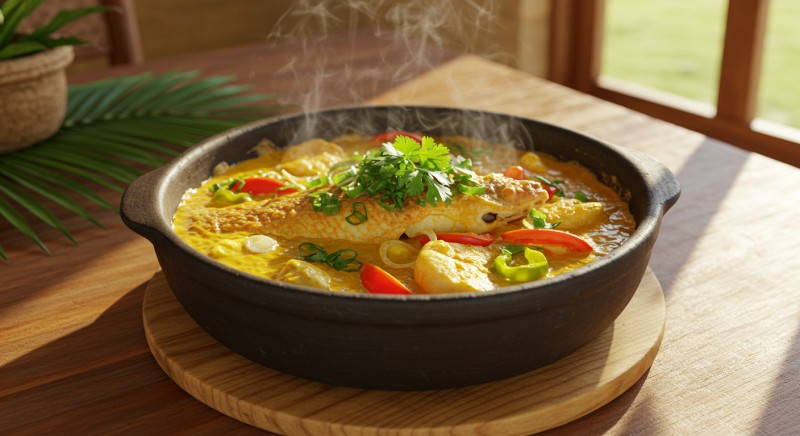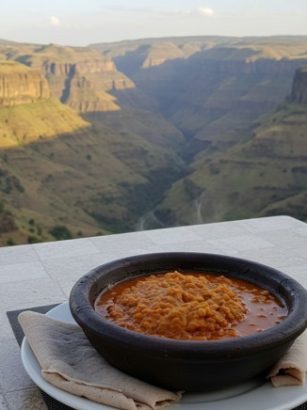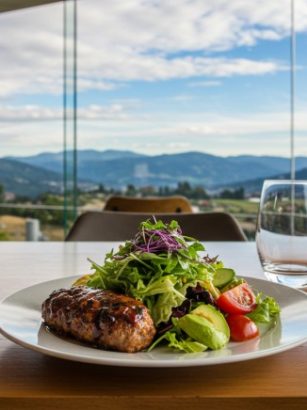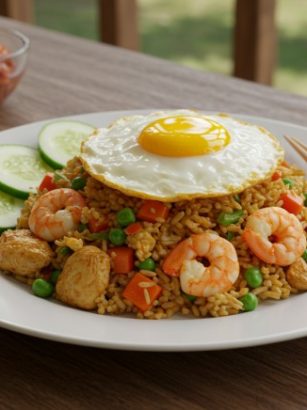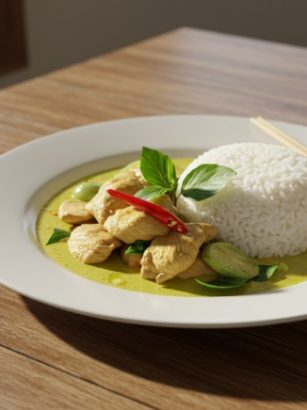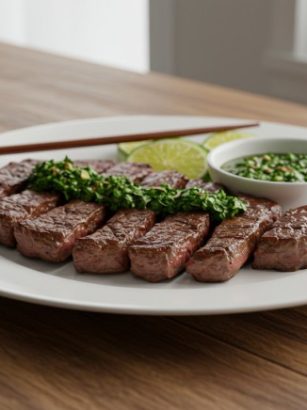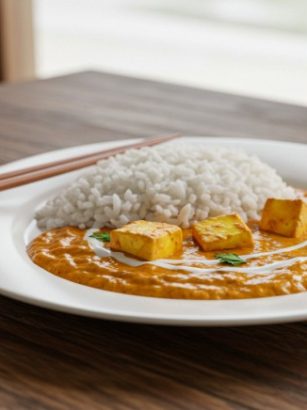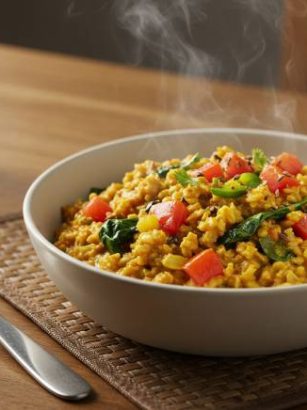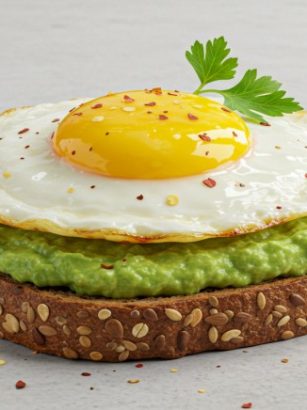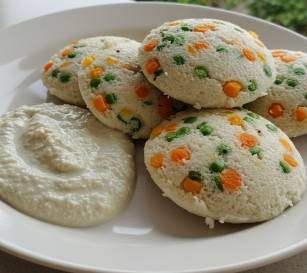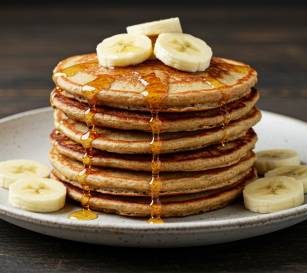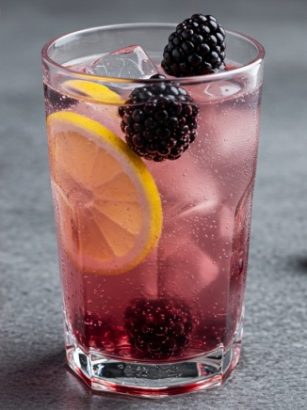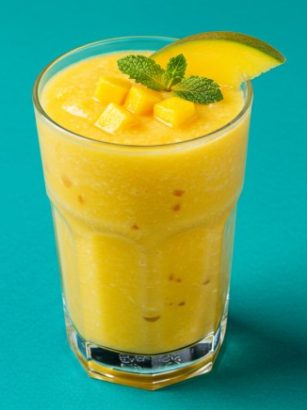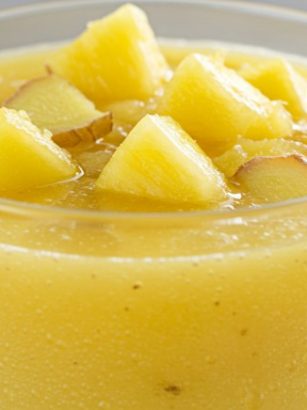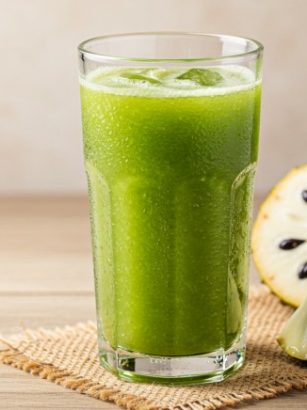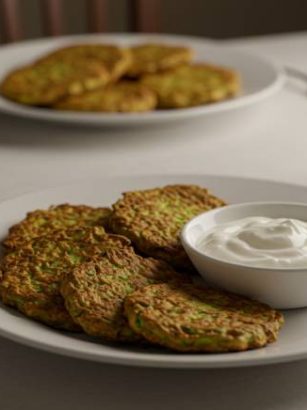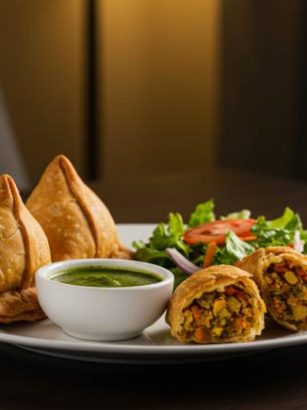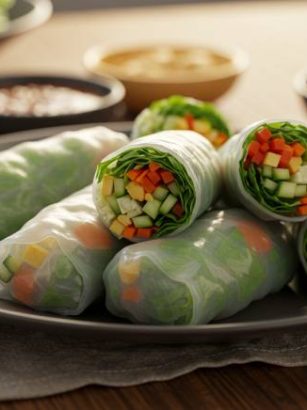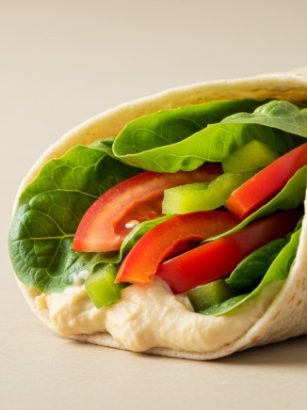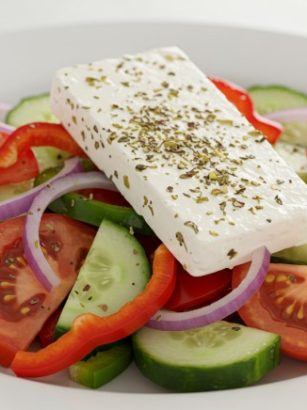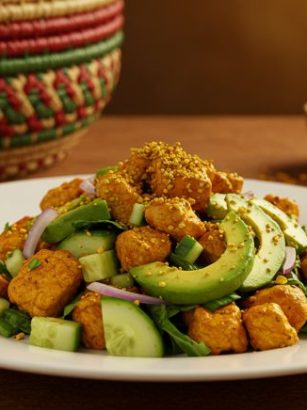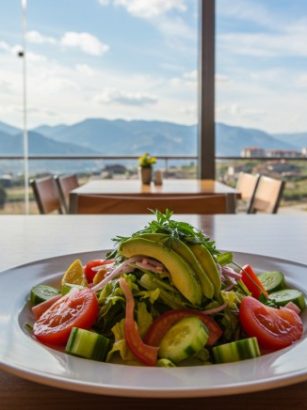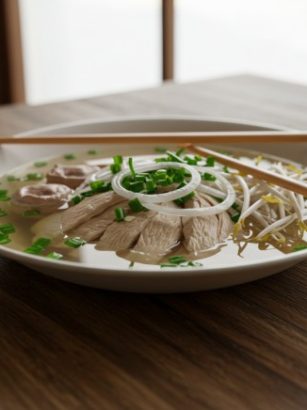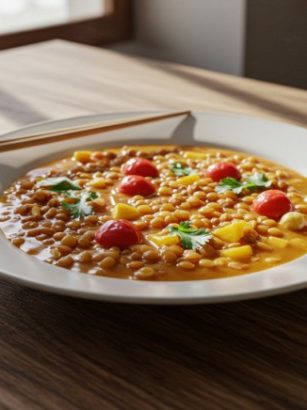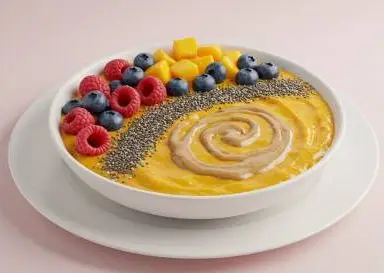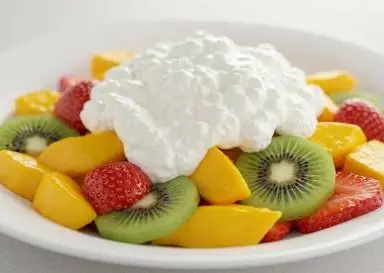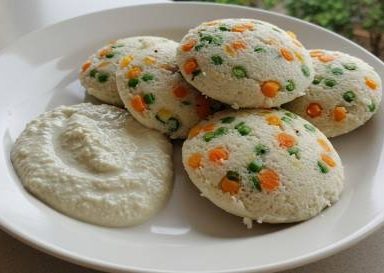Korean Bibimbap is rich in flavour with its multiple of tastes.
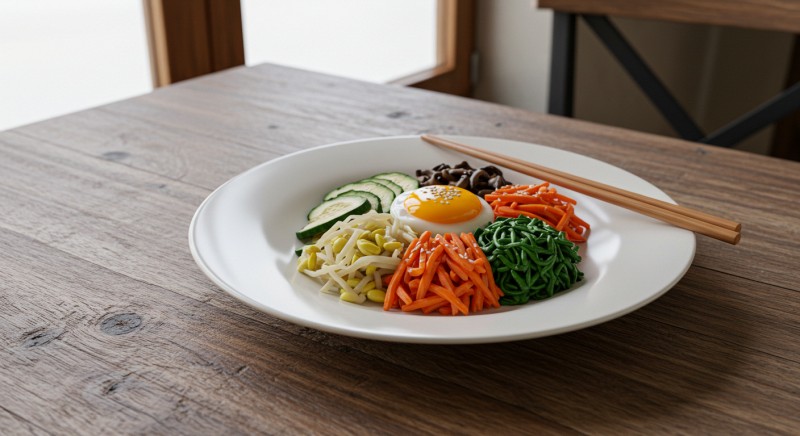
Prep Time: 20 mins
Cook Time: 20 mins
Total Time: 40 mins
Course: Main
Cuisine: Korean
Servings: 4
Calories: 400/serving
Materials:
Skillet, bowls
Ingredients:
4 cups cooked rice
1 carrot, julienned
1 zucchini, sliced
1 cup spinach
4 eggs
200g beef (optional)
Gochujang (Korean chili paste)
Method:
Sauté veggies and beef separately.
Assemble rice in bowls, top with veggies, fried egg, and gochujang.
Servings:
Korean Bibimbap is a colorful, balanced dish with rice, vegetables, protein, and a spicy-sweet gochujang sauce. The right side dishes can enhance its flavors and textures. Here are some perfect accompaniments:
Kimchi – Fermented napa cabbage with spicy, tangy flavors that add depth.
Gyeran Jjim (Steamed Egg) – Soft, fluffy eggs that contrast well with the textures of bibimbap.
Miso Soup or Doenjang Jjigae – A warm, umami-rich broth to complement the dish.
Gamja Jorim (Soy-Glazed Potatoes) – Sweet and savory baby potatoes for a touch of richness.
Mu Saengchae (Spicy Radish Salad) – Crisp radish strips in a spicy-sweet dressing.
Japchae (Stir-Fried Glass Noodles) – A slightly sweet, chewy noodle dish for extra texture.
Tofu Jorim (Braised Tofu) – Spicy, slightly sweet tofu for extra protein.
Korean Fried Chicken – Crispy and slightly sweet or spicy, a delicious contrast.
Description
Bibimbap (비빔밥) is one of Korea’s most beloved and iconic dishes, known for its vibrant colors, diverse textures, and balanced flavors. The word “Bibimbap” translates to “mixed rice”, as it consists of a bowl of warm rice topped with a variety of seasoned vegetables, protein, and a flavorful sauce—typically gochujang (Korean red chili paste).
The Base:
Warm steamed rice, either white rice or a healthier alternative like brown rice or barley.
The Toppings:
A mix of colorful, individually seasoned vegetables such as spinach, carrots, bean sprouts, zucchini, mushrooms, and radish. Some variations include kimchi for extra tanginess.
The Protein:
Traditionally, sliced beef (bulgogi) is used, but other variations include chicken, tofu, seafood, or even a raw or fried egg placed on top.
The Sauce:
Gochujang (Korean red chili paste) is the signature sauce, adding a sweet, spicy, and savory kick. Some people also mix in soy sauce, sesame oil, or garlic for additional depth.
The Final Touch:
The dish is garnished with toasted sesame seeds, seaweed strips, and a drizzle of sesame oil for an aromatic finish. Once served, everything is mixed together before eating, creating a delightful harmony of flavors.
Benefits
Bibimbap is not only delicious but also highly nutritious:
Balanced & Nutritious Meal:
It provides carbohydrates (rice), protein (meat/tofu/egg), fiber (vegetables), and healthy fats (sesame oil), making it a well-rounded dish.
Rich in Vitamins & Minerals:
The variety of vegetables provides essential vitamins like A, C, and K, as well as antioxidants that support overall health.
Good for Digestion:
Ingredients like bean sprouts, kimchi, and sesame oil aid digestion and support gut health.
Customizable for Different Diets:
It can be easily adapted for vegetarians, vegans, and those following gluten-free diets by adjusting the protein and sauce.
Promotes Weight Management:
The combination of fiber-rich veggies and lean protein makes it a filling but low-calorie meal.
Frequently Asked Questions (FAQ)
Can I make Bibimbap without gochujang?
Yes! If you don’t like spice, you can substitute gochujang with a mixture of soy sauce, sesame oil, garlic, and a little honey for a milder yet flavorful alternative.
What’s the difference between Bibimbap and Dolsot Bibimbap?
Dolsot Bibimbap is served in a hot stone bowl, which crisps up the bottom layer of rice, creating a delicious crunchy texture. Regular Bibimbap is served in a standard bowl without this effect.
What’s the difference between Bibimbap and Dolsot Bibimbap?
Dolsot Bibimbap is served in a hot stone bowl, which crisps up the bottom layer of rice, creating a delicious crunchy texture. Regular Bibimbap is served in a standard bowl without this effect.
What protein options work best in Bibimbap?
Traditionally, bulgogi (Korean marinated beef) is used, but you can also use:
Grilled chicken or pork
Tofu or tempeh for a vegetarian option
Shrimp or salmon for a seafood version
What can I serve with Bibimbap?
Bibimbap is often paired with:
Kimchi (fermented spicy cabbage)
Korean seaweed soup (Miyeok-guk)
Pickled radish or cucumber
A side of miso or clear soup
Can I use quinoa or cauliflower rice instead of white rice?
Absolutely! Quinoa, cauliflower rice, or brown rice are great substitutes for a lower-carb or gluten-free option.
Main Dish
Breakfast Recipe
Drinks Recipe
Side dish Recipe
Salad Recipes
Soup Recipes
For more informations, visit our official YouTube channel , Facebook , LinkedIn , Pinterest , Instagram.

